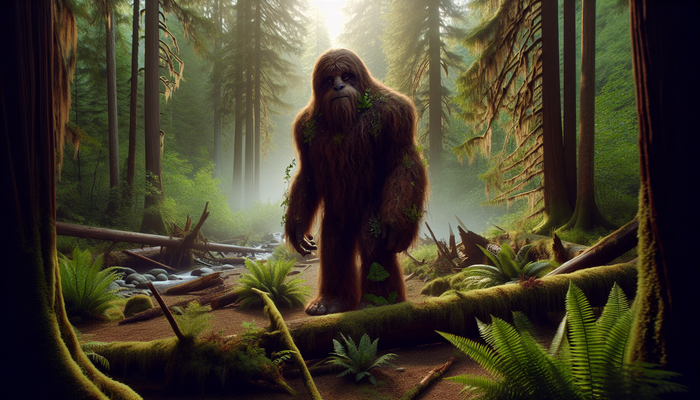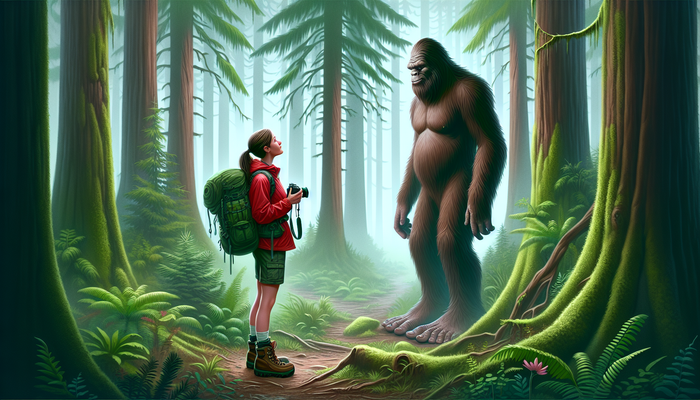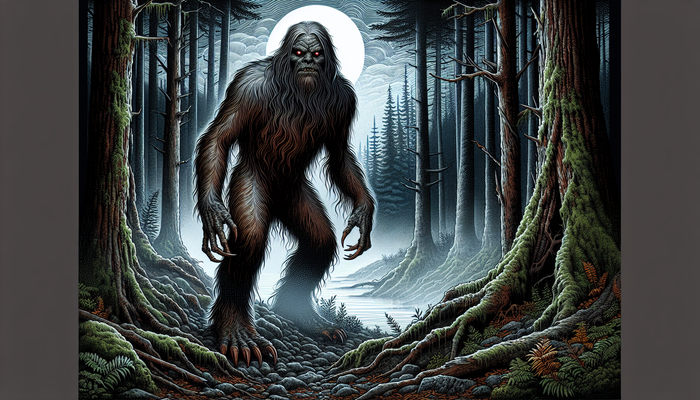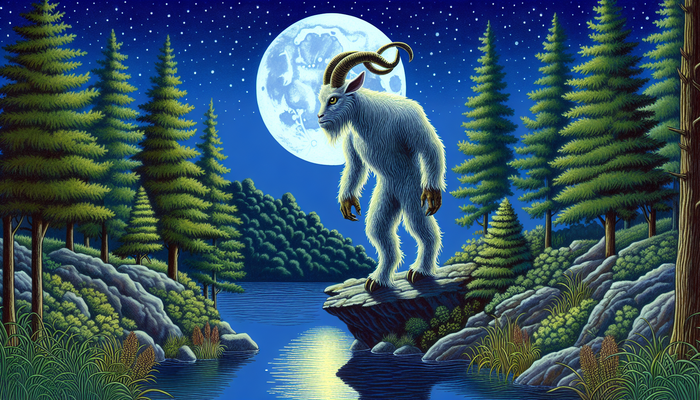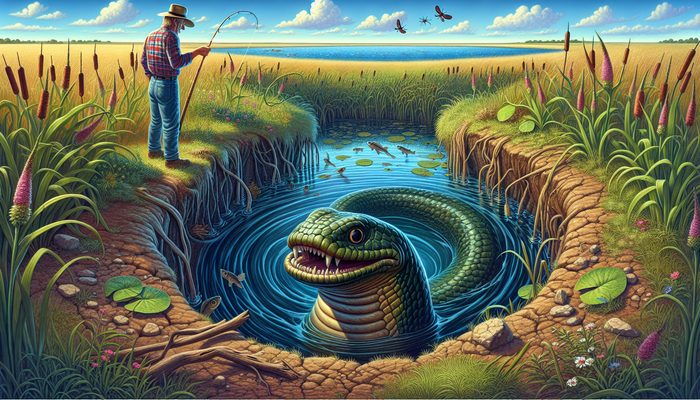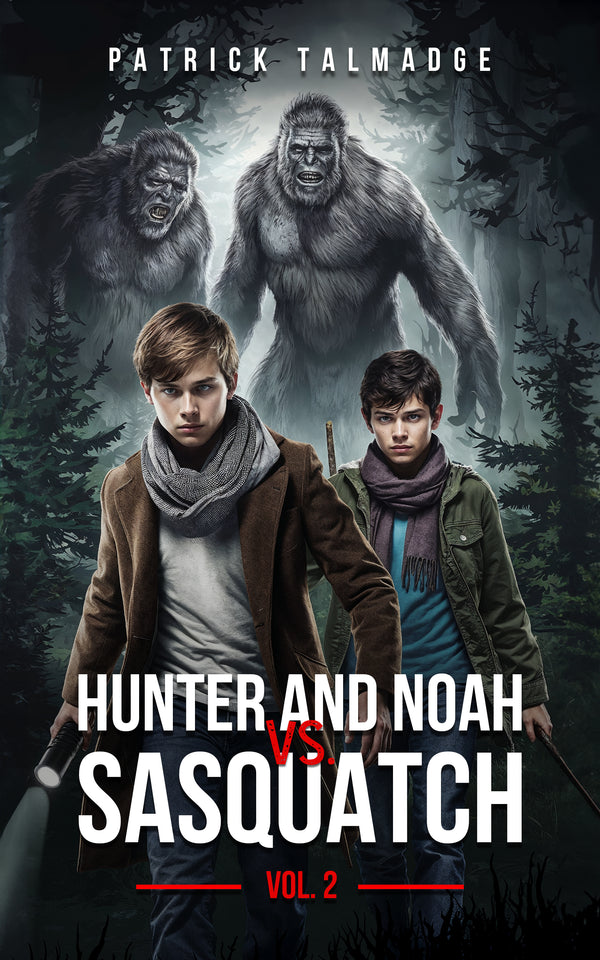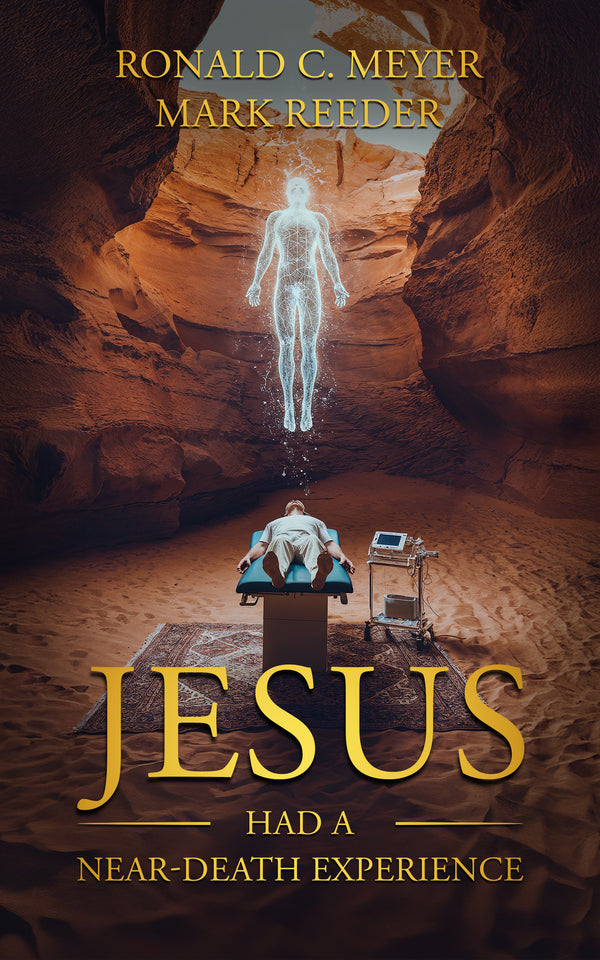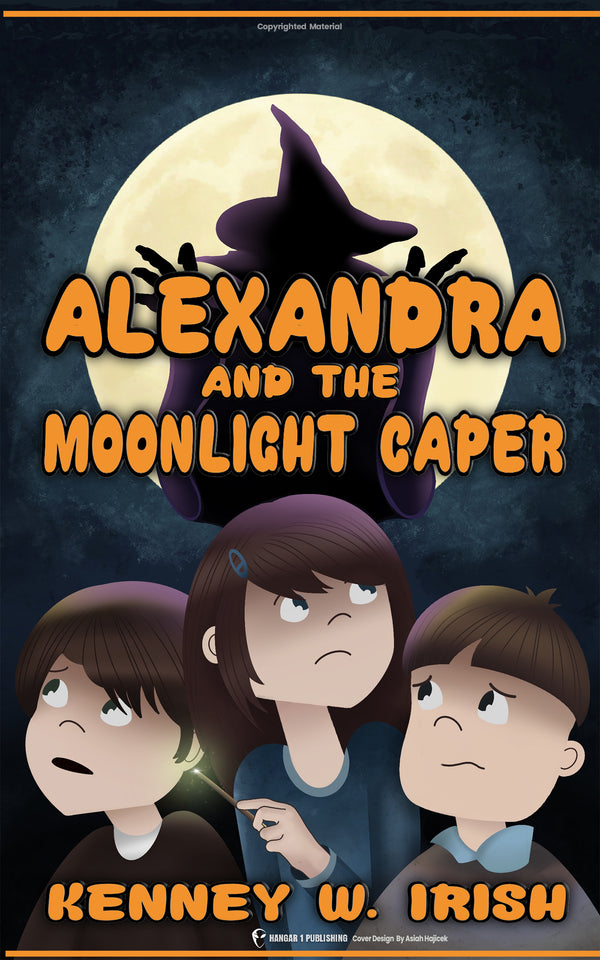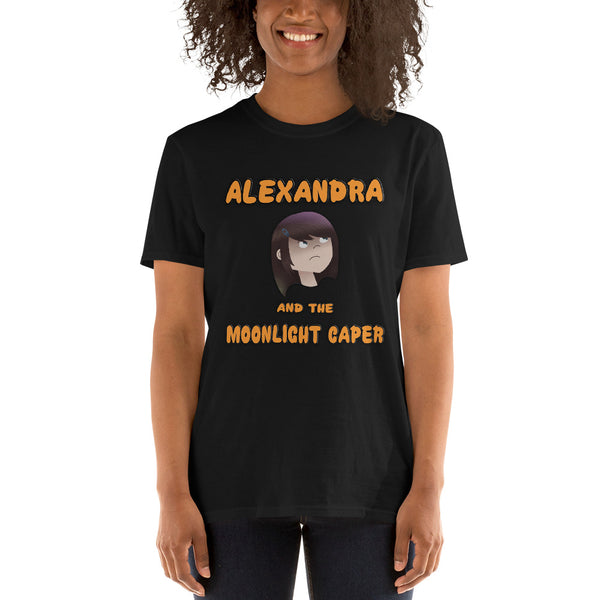Discover the Mysteries of the Rougarou Monster in Louisiana Folklore

By James Roberts, Cryptozoologist
The haunting howl of the Rougarou echoes through the misty bayous of Louisiana, sending shivers down the spines of those who hear it. This legendary creature, part man and part beast, has been a cornerstone of Cajun folklore for centuries, captivating the imaginations of both young and old. But what exactly is the Rougarou, and why does it continue to hold such a powerful grip on the cultural psyche of Louisiana?
Imagine, if you will, a moonlit night in the swamps of Acadiana. The cypress trees loom overhead, their moss-draped branches creating eerie shadows on the still water. Suddenly, a rustle in the underbrush catches your attention. Is it just a raccoon, or could it be something more sinister? According to local legend, you might just be face to face with the Rougarou, a creature that's as much a part of Louisiana as gumbo and jazz.
The Origins of the Rougarou
The Rougarou isn't your average monster. It's a complex figure that embodies the rich cultural tapestry of Louisiana, blending French, Native American, and African influences into a uniquely Cajun creation. To truly understand the Rougarou, we need to peel back the layers of history and folklore that have shaped this enigmatic beast.
The Name and Its Evolution
Let's start with the name itself. "Rougarou" is a linguistic evolution of the French term "loup-garou," which translates to "werewolf." The word "loup" means wolf, while "garou" refers to a man who can transform into an animal. As the legend traveled from France to the New World with Acadian settlers, the pronunciation shifted, reflecting the unique cadence of Cajun French. This linguistic journey is a testament to the adaptability of folklore, showing how stories can change and grow as they move across cultures and continents.
Historical Roots
The origins of the Rougarou legend can be traced back to medieval France, where tales of werewolves were as common as bread and wine. In the 16th century, these stories took a dark turn, becoming entangled with witch trials and religious fervor. Accused "loup-garous" faced horrific fates, often burned at the stake for their alleged transformations. It's a grim reminder of how folklore can sometimes be weaponized against the vulnerable.
When French settlers arrived in Louisiana in the 18th century, they brought these werewolf tales with them. But the story didn't stop there. The rich cultural melting pot of Louisiana added new flavors to the legend. Native American tribes like the Houma, Choctaw, and Chitimacha had their own stories of shapeshifters and supernatural beings. These indigenous tales blended with the European loup-garou, creating a creature that was uniquely suited to the mysterious landscape of the bayou.
The Appearance of the Rougarou
So, what exactly does a Rougarou look like? Well, that depends on who you ask. The most common description paints a picture of a creature with the body of a man and the head of a wolf or dog. It stands upright on two legs, towering over its human prey. Its eyes glow an eerie red in the darkness, and its razor-sharp teeth and claws are ready to tear into anyone unfortunate enough to cross its path.
But here's where it gets interesting. Unlike your typical Hollywood werewolf, the Rougarou isn't limited to a lupine form. Some stories describe it as taking the shape of other animals, like pigs or even owls. This shapeshifting ability adds an extra layer of mystery to the creature, making it even more unpredictable and terrifying.
The Rougarou and Cajun Culture
Religious Connections
One of the most fascinating aspects of the Rougarou legend is its connection to Catholic faith and morality. In many versions of the story, a person becomes a Rougarou as punishment for breaking Lent seven years in a row. It's a powerful reminder of the importance of religious observance in traditional Cajun culture. The transformation isn't just a physical one – it's a spiritual affliction, a manifestation of sin made flesh.
The curse of the Rougarou isn't permanent, though. According to legend, the afflicted person is doomed to roam the swamps in beast form for 101 days. After that, they can transfer the curse to another person by drawing their blood. It's a clever narrative device that ensures the legend can continue indefinitely, passed from person to person like a supernatural game of tag.
A Tool for Social Control
But the Rougarou isn't just a monster that goes bump in the night. It serves a crucial role in Cajun culture as a cautionary tale. Parents have long used the threat of the Rougarou to keep their children in line. "Behave, or the Rougarou will get you!" is a phrase that's been uttered in countless Cajun households. It's a prime example of how folklore can be used as a tool for social control, instilling values and encouraging good behavior through the power of storytelling.
Guardian of Nature
The Rougarou also acts as a guardian of the natural world. In some stories, it punishes those who disrespect the bayou or overhunt its creatures. This aspect of the legend reflects the deep connection between Cajun culture and the Louisiana landscape. The swamps and bayous aren't just a backdrop for these stories – they're an integral part of the Cajun way of life, and the Rougarou serves as a supernatural protector of this delicate ecosystem.
The Rougarou's Weakness
One of the most intriguing aspects of the Rougarou legend is its supposed weakness: an inability to count past twelve. This quirk has led to a unique form of protection against the beast. Cajun folklore suggests that placing thirteen small objects, like coins or beans, near your doorway will confuse and deter the Rougarou. The creature will become so fixated on trying to count the objects that it will forget its original purpose, leaving potential victims safe until dawn.
This counting curse is more than just a quaint superstition. It's a brilliant example of how folklore can empower people in the face of their fears. By giving the monster a simple, exploitable weakness, the legend provides a sense of control over the uncontrollable. It's a reminder that even the most terrifying creatures have their vulnerabilities.
The Rougarou in Modern Times
Environmental Symbol
In recent years, the Rougarou has taken on new significance as a symbol of environmental conservation. As Louisiana grapples with the very real threat of coastal erosion and wetland loss, the legendary creature has become a mascot for preserving the bayous it calls home. The annual Rougarou Fest in Houma, Louisiana, isn't just a celebration of folklore – it's a platform for raising awareness about the challenges facing the state's unique ecosystem.
The festival, which takes place each October, is a vibrant showcase of Cajun culture. Visitors can enjoy live music, sample traditional foods, and participate in a costume contest that brings the Rougarou to life in countless creative ways. But beneath the festive atmosphere, there's a serious message. The organizers use the event to educate people about coastal restoration efforts and the importance of preserving Louisiana's wetlands.
This modern interpretation of the Rougarou as an environmental icon shows how folklore can evolve to address contemporary issues. The creature that once scared children into behaving now encourages adults to be responsible stewards of the environment. It's a powerful example of how ancient legends can remain relevant in the face of new challenges.
Pop Culture Influence
The Rougarou has also made its mark on popular culture, appearing in books, TV shows, and even inspiring the name of a roller coaster at Cedar Point amusement park in Ohio. In the TV series "Supernatural," the Rougarou is portrayed as a human who transforms into a cannibalistic monster, while in Jim Butcher's "Dresden Files" novels, it's described as one of the most dangerous types of werewolves.
These pop culture adaptations often take liberties with the original folklore, but they serve an important purpose. They introduce the Rougarou to a wider audience, ensuring that this piece of Cajun culture continues to captivate imaginations far beyond the borders of Louisiana.
Modern Sightings
Despite its fictional nature, the Rougarou continues to inspire alleged sightings and encounters. People report seeing large, wolf-like creatures in the swamps or hearing unexplained howls in the night. These modern-day sightings keep the legend alive, blurring the lines between folklore and reality in the minds of many Louisiana residents.
One particularly chilling account comes from a fisherman who claimed to have seen a large, upright creature with glowing red eyes watching him from the shore. The man said the beast disappeared into the underbrush when he shone his flashlight in its direction. While such stories are impossible to verify, they demonstrate the enduring power of the Rougarou legend to shape people's perceptions of their environment.
The Rougarou in Language and Everyday Life
The influence of the Rougarou extends beyond just scary stories. It has woven itself into the fabric of Cajun language and everyday life. Phrases like "making the Rougarou" are used to describe restless nights, while someone who stays out late carousing might be said to be "running with the Rougarou." These linguistic quirks show how deeply the legend has embedded itself in Cajun culture.
The Evolution of Folklore
The Rougarou serves as a fascinating case study in the evolution of folklore. It began as a European werewolf tale, transformed through the cultural alchemy of Louisiana into something uniquely Cajun, and now stands as a symbol of environmental conservation and cultural preservation. This journey reflects the adaptive nature of oral traditions, showing how stories can change and grow to meet the needs of each new generation.
Conclusion: The Enduring Legacy of the Rougarou
As we've seen, the Rougarou is far more than just a monster story. It's a complex cultural artifact that embodies the history, values, and fears of the Cajun people. From its roots in medieval French folklore to its modern role as an environmental mascot, the Rougarou continues to captivate and inspire.
The enduring popularity of the Rougarou speaks to our fundamental need for mystery and wonder in an increasingly rational world. In the age of Google Maps and GPS, the idea that there could be something unknown lurking in the swamps is deeply appealing. The Rougarou reminds us that there are still wild places in the world, still secrets to be uncovered.
But perhaps the most important lesson of the Rougarou legend is the power of storytelling itself. These tales, passed down through generations, do more than just entertain. They preserve history, instill values, and strengthen community bonds. In a world of rapid change, the Rougarou stands as a testament to the enduring importance of oral tradition and folklore.
So the next time you find yourself near a Louisiana bayou as the sun sets, listen closely. That rustling in the underbrush might just be the wind... or it could be something more. The Rougarou is out there, prowling the swamps, reminding us of the rich cultural heritage of Louisiana and the timeless power of a good story.
From Bigfoot to UFOs: Hangar 1 Publishing Has You Covered!
Explore Untold Stories: Venture into the world of UFOs, cryptids, Bigfoot, and beyond. Every story is a journey into the extraordinary.
Immersive Book Technology: Experience real videos, sights, and sounds within our books. Its not just reading; its an adventure.


